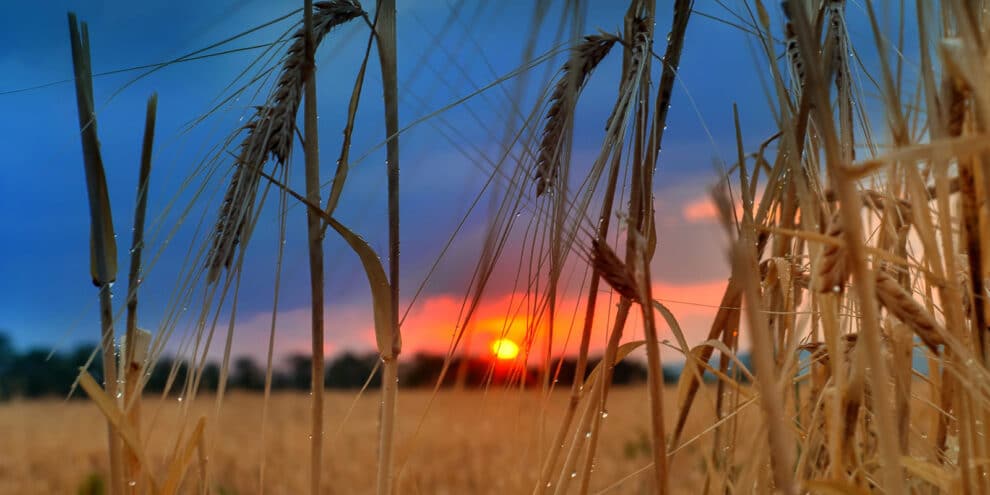Dove hunting is one of small-game hunters’ most exciting yet challenging pursuits. These birds aren’t difficult to bring down, but their blistering speed and unpredictable flight patterns make them notoriously hard to hit. Without the right approach, you may find yourself with an empty game bag at the end of the day. Success depends on choosing the right spot, timing your hunt wisely, and sharpening your shooting technique. Here are seven practical tips to boost your odds this season:
1. Consider Location & Timing
When selecting your area for dove hunting, focus on locations that naturally draw doves in large numbers. Look for fields with food sources such as sunflowers, millet, wheat, or milo, since doves are heavy seed feeders and will return to feed daily. Water is another critical factor. Features like ponds, creeks, or stock tanks within a short flight from feeding areas will increase activity. Roosting and loafing cover, like tree lines, power lines, and fence rows, provide prime opportunities as doves use them to rest and scout feeding spots. Ideally, choose an area that offers a combination of food, water, and cover within proximity, creating a natural flight corridor. Scouting before the season opens, especially in the mornings and evenings, will help you confirm where the birds fly and concentrate your efforts for the most productive hunt.
2. Exaggerate Your Lead
When a dove crosses your shooting lane, your reaction time often lags just enough to cause a miss. To compensate, aim farther ahead than you think you need to, sometimes several feet in front of the bird. A helpful rule of thumb is that each inch of barrel swing equals about one foot of lead. It may feel like you’re trying to miss ahead of the bird, but that’s precisely what puts it in the center of your shot pattern.
3. Get Stable Before You Shoot
A solid stance is the foundation of accuracy. If your footing is uneven or you’re wobbling, your first shot will likely be high and your follow-ups scattered. Take a moment to position yourself on level ground, or, if you prefer, shoot from a small stool or bucket. Many dove hunters favor this seated approach because it’s comfortable and steady. Practice it beforehand, perhaps by running a few rounds of sporting clays.
4. Use the Element of Surprise
Doves have excellent eyesight and will veer off instantly if they detect movement. Avoid mounting your gun too early or standing up as soon as you spot them. Instead, keep the gun close to your shoulder without fully mounting. When a bird enters range, quickly rise, plant your feet, and bring the gun smoothly to your shoulder before firing. If you’re skilled at shooting from a seated position, even better—you’ll move less and stay less noticeable.
5. Focus on Clean Form
Many hunters rush and mount their gun loosely, which allows the barrel to rise and results in missed shots over the bird. Take the time to mount your shotgun firmly and consistently to your shoulder. A smooth, controlled mount not only increases accuracy but also reduces fatigue over the course of the day’s hunt.
6. Pick Out One Bird
When a flock of doves swoops in, it’s tempting to fire at the group. Resist that urge. Shotguns may spread pellets, but don’t guarantee hits if you’re not focused. Always lock in on a single bird, preferably aiming at a precise point like the head or eye. This sharp focus dramatically increases your chances of dropping your target.
7. Know When to Aim Below
There are two common situations where aiming slightly beneath a dove pays off. First, if the bird is flying away from you, leading low allows your shot to intersect its path. Second, when a bird is about to land, begin your swing just below it and fire as your barrel blocks the target. This action accounts for the bird’s downward movement.
Dove hunting is more than just a way to fill your game bag. It is a test of reflexes, patience, and skill that’s best enjoyed with friends and family. The key is being in the right place at the right time: fields rich with seed in the morning and evening, water sources during midday heat, and shaded roosting areas as the birds settle. Because doves fly unpredictably, there’s no perfect way to simulate the real hunt, but practicing with crossing clay targets and shooting from different positions will sharpen your skills. Scout your ground ahead of the season, match your timing to dove movement, and you’ll not only boost your odds of success but also create lasting hunting memories.
Article contribution by Campbell Farm & Ranch. Campbell Farm & Ranch is a Premier Land Brokerage in Texas, servicing counties west of the Dallas/Fort Worth Metroplex. Their team enjoys selling and locating farms, ranches, recreational land, and raw land investments.
This content may not be used or reproduced in any manner whatsoever, in part or in whole, without written permission of LANDTHINK. Use of this content without permission is a violation of federal copyright law. The articles, posts, comments, opinions and information provided by LANDTHINK are for informational and research purposes only and DOES NOT substitute or coincide with the advice of an attorney, accountant, real estate broker or any other licensed real estate professional. LANDTHINK strongly advises visitors and readers to seek their own professional guidance and advice related to buying, investing in or selling real estate.










Add Comment